Filoli’s Medicinal Garden
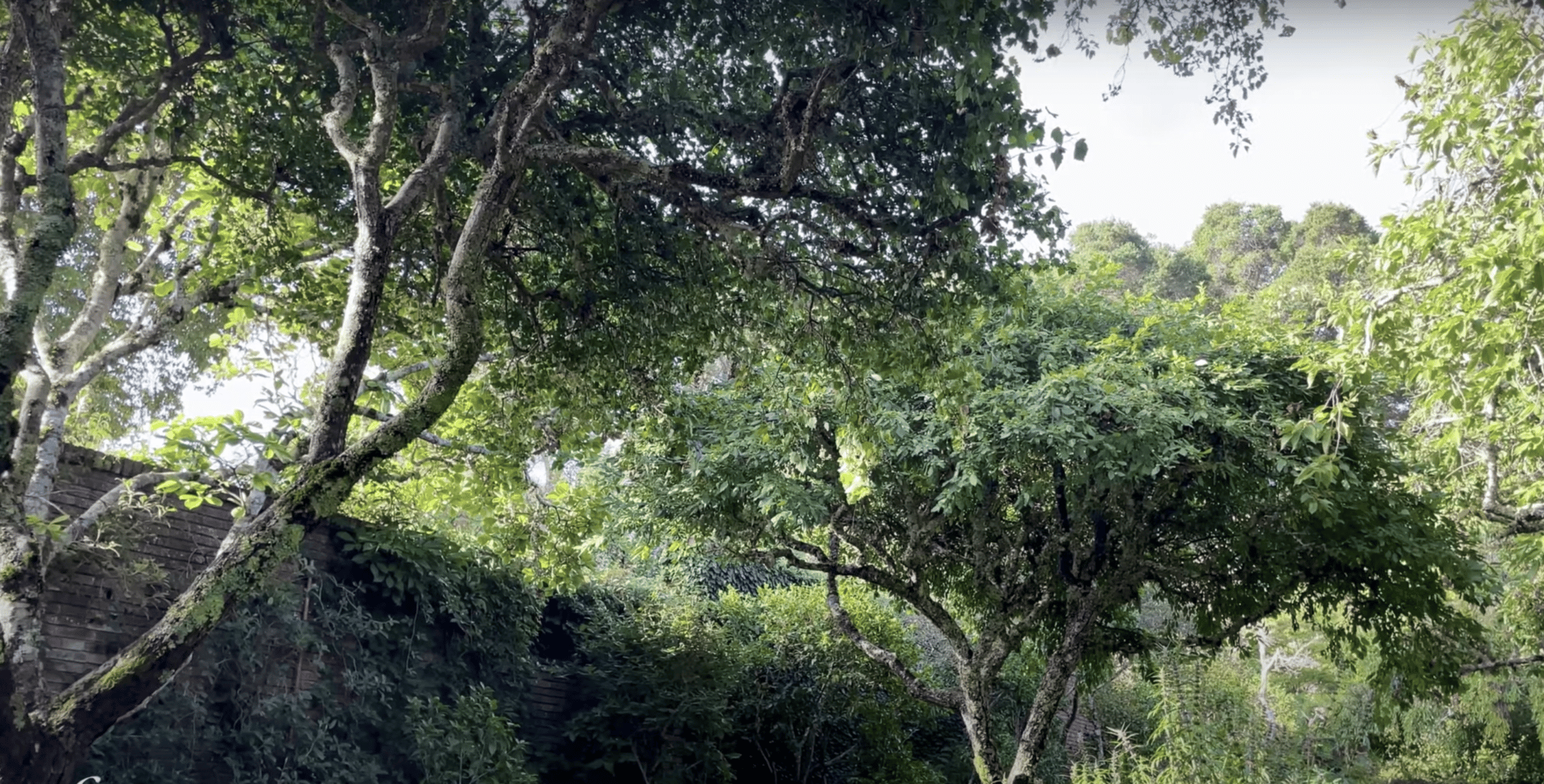
Temperatures are cooling and autumn is taking hold of the landscape. It’s time for us to bid a fond farewell to the Fruitful Garden exhibit! This horticultural display highlighted the gifts of edible, medicinal, and pollinator plants with a vibrant display of fruits, vegetables, and herbs. In our final Fruitful Garden blog, Horticulturist Louise Webster dives into the history of medicinal plant usage and some of her favorites from Filoli’s display to close out the exhibit.
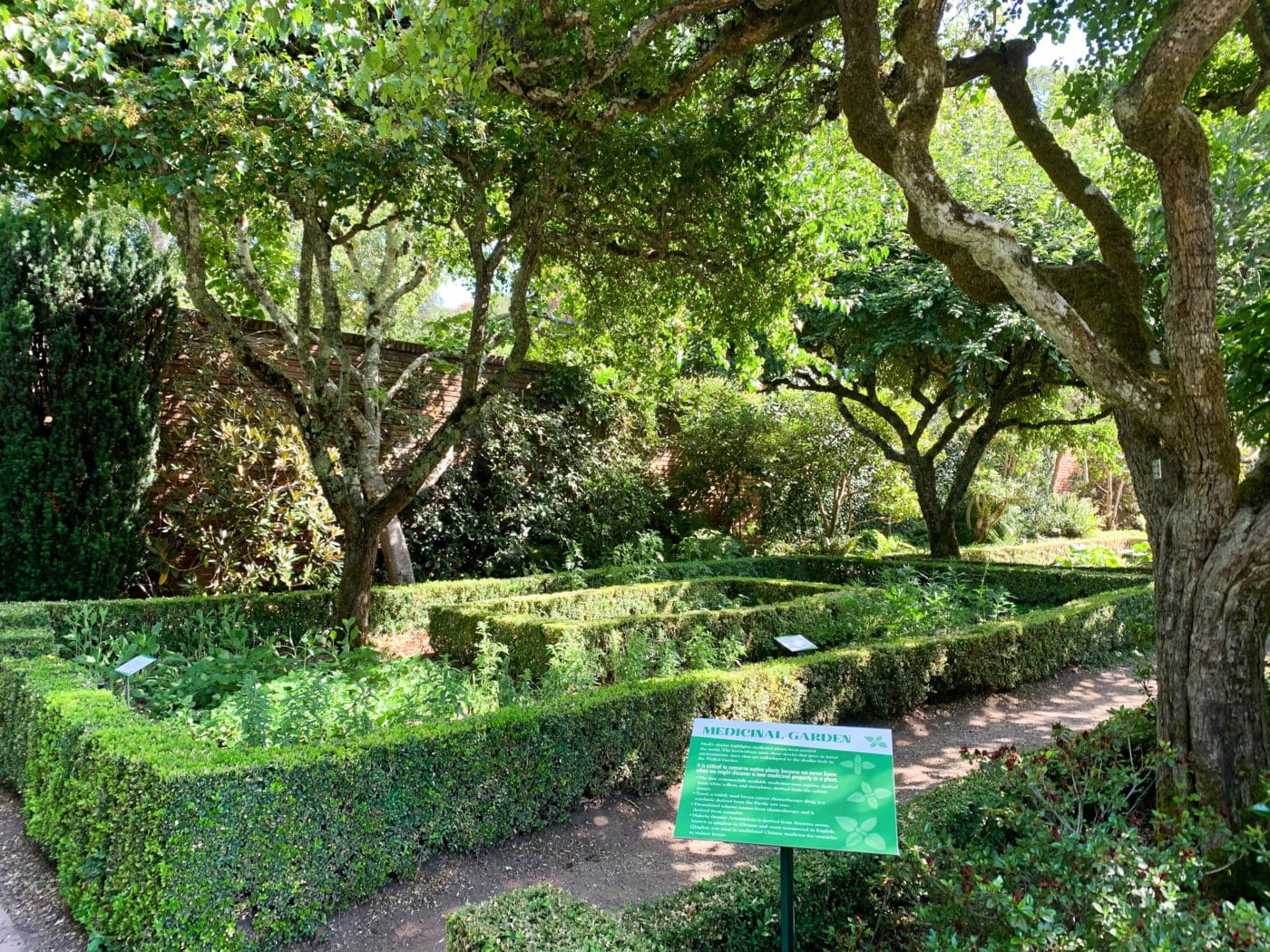
Medicinal plants and the histories of human civilizations go hand in hand. Disease occurs naturally within human populations, and methods for healing through plant medicine have developed all over the world in many different traditions.
The oldest written record of medicinal plants was found on a 5000-year-old Sumerian clay slab. It references more than 250 plants and recipes for preparation. Ancient civilizations in China, India, and Egypt had their own intensive plant medicine traditions. The Ebers Papyrus mentions therapeutic treatments with castor oil, aloe, fig, willow, and juniper. The Bible and the Jewish Talmud reference aromatic plants such as myrtle, used in healing rituals.

The Ancient Greeks and Romans also had their own historical uses and records of medicinal plants. In Homer’s classic tales The Odyssey and The Iliad, 63 medicinal plants were referenced. Some plant names we know today reference mythological characters in these ancient stories. The plants in the genus Artemisia are named after the Greek word Artemis, which means “healthy.” Artemis is the Greek goddess of flora and fauna, hunting, chastity, and childbirth. Mugwort, a plant used today in teas as a sleep aid and to promote vivid dreaming, is from this genus.
During the Middle Ages in Europe, medicinal plant propagation and cultivation were primarily done by monks in monasteries. One plant of note is Salvia officinalis, or sage. The Latin name originates from salvare, which means “salvation, to save, or to cure.” Today, this plant is still grown in most Catholic monasteries.
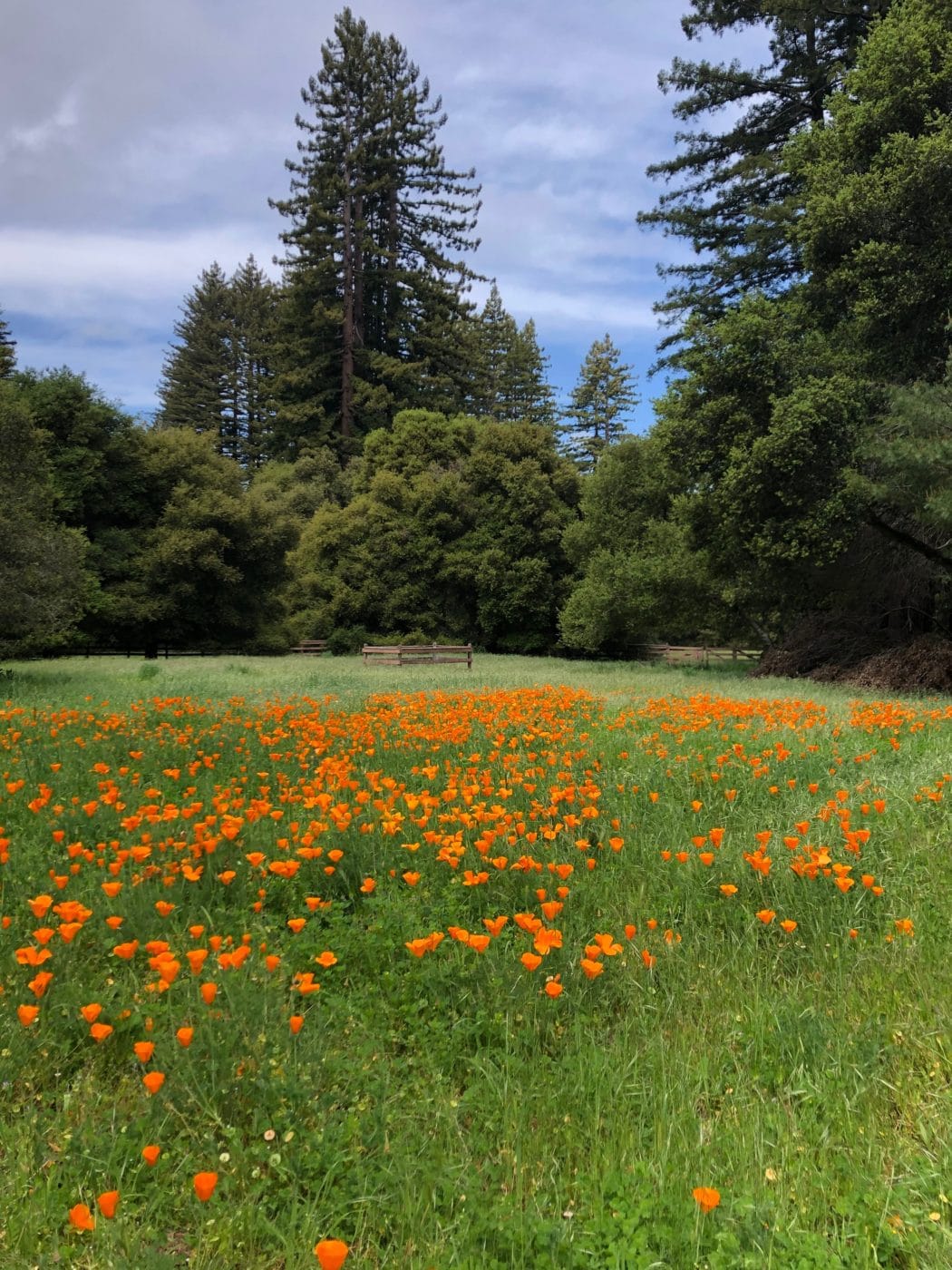
Later, during the age of exploration (also known as colonization), medicinal plants and their healing traditions were brought to Europe from all over the world by explorers such as Marco Polo and Vasco De Gama. As a result, botanical gardens popped up all over Europe to showcase these “discoveries.”
Alongside this history of colonization, many Native American tribes and Indigenous peoples around the world have their own medicinal plant traditions, based on the regions that they reside in. The Ohlone, the original inhabitants of this area, used the California poppy to induce sleep and the bark of willow trees to bring down fevers.
There is still a branch of homeopathic medicinal practices that uses the plants themselves in supplements, teas, and topical gels but today, many chemical compounds derived from plants have been concentrated into effective medicines. The arroyo willow you pass on Filoli’s Estate Trail was used by the Ohlone for pain relief. The chemical salicin found in willow bark became the original ingredient in aspirin.
Some medicinal plants we grew at Filoli this year include:
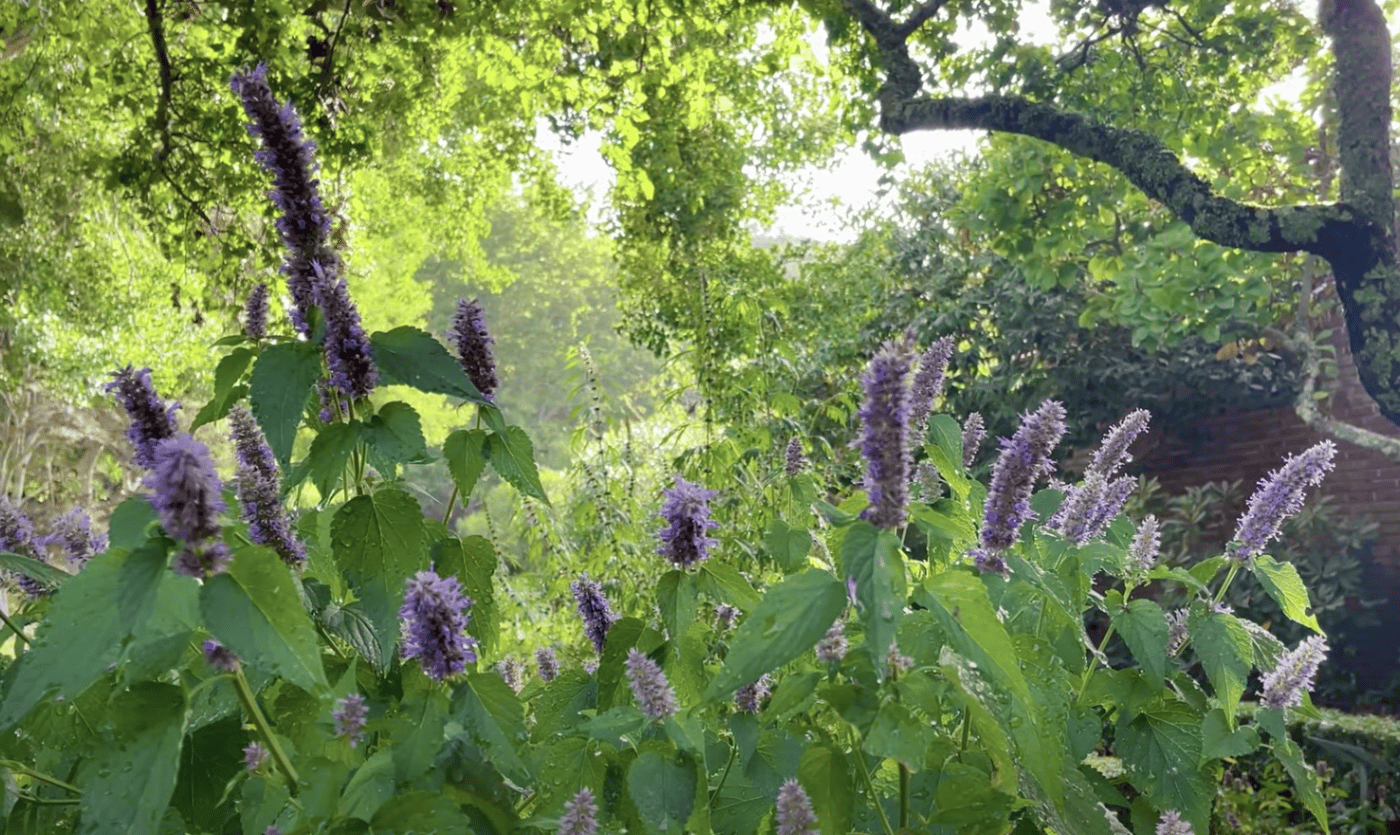
Giant Hyssop:
Native Americans used this plant to heal coughs, sore throats, and to reduce fever. This is a great plant for the garden because it is native to North America and attracts pollinators!
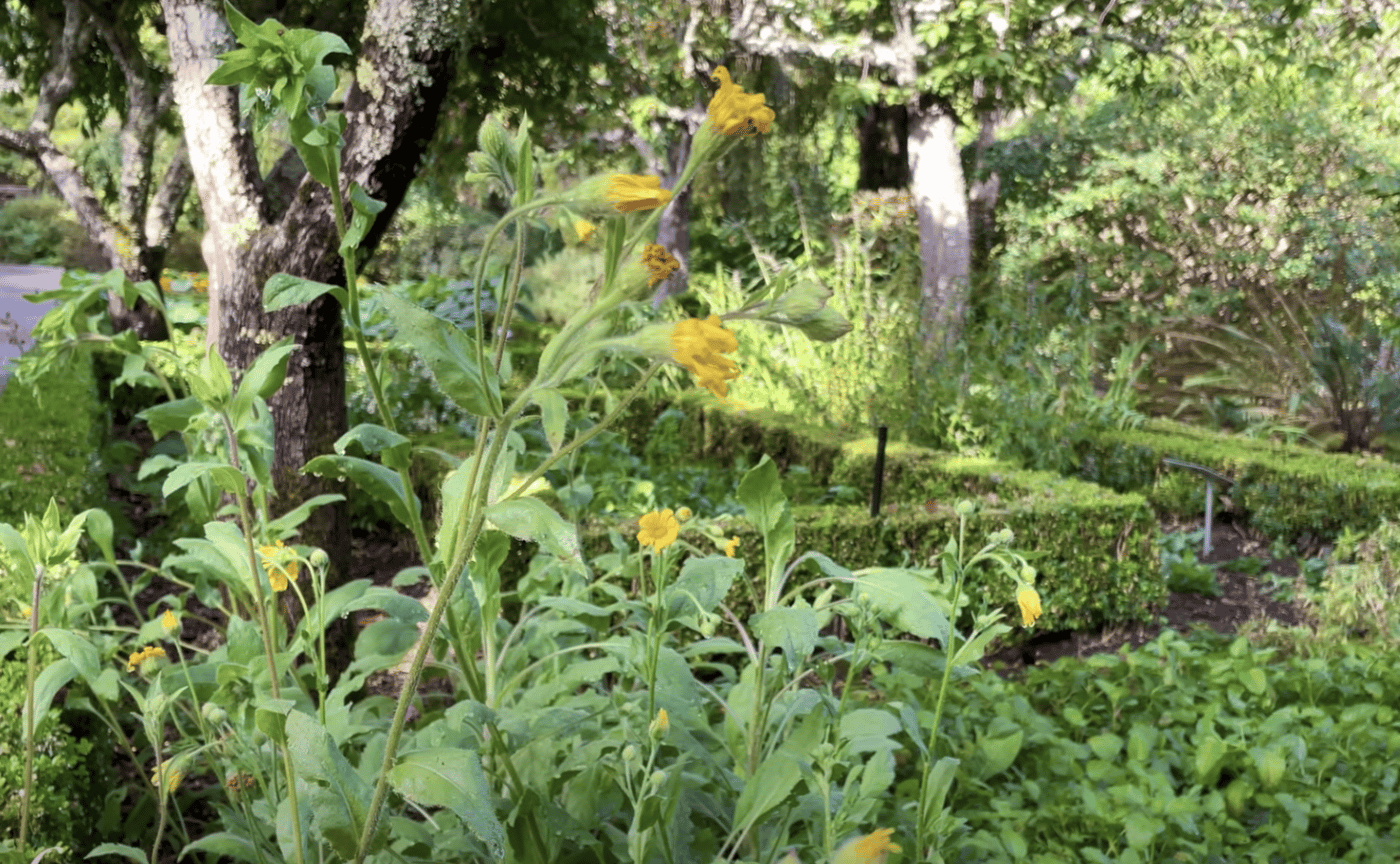
Mexican Arnica:
Used in traditional medicine in Mexico, this plant has beautiful yellow and orange flowers! It is used for a variety of ailments, including rheumatism, inflammation, pain, and gastrointestinal disorders.
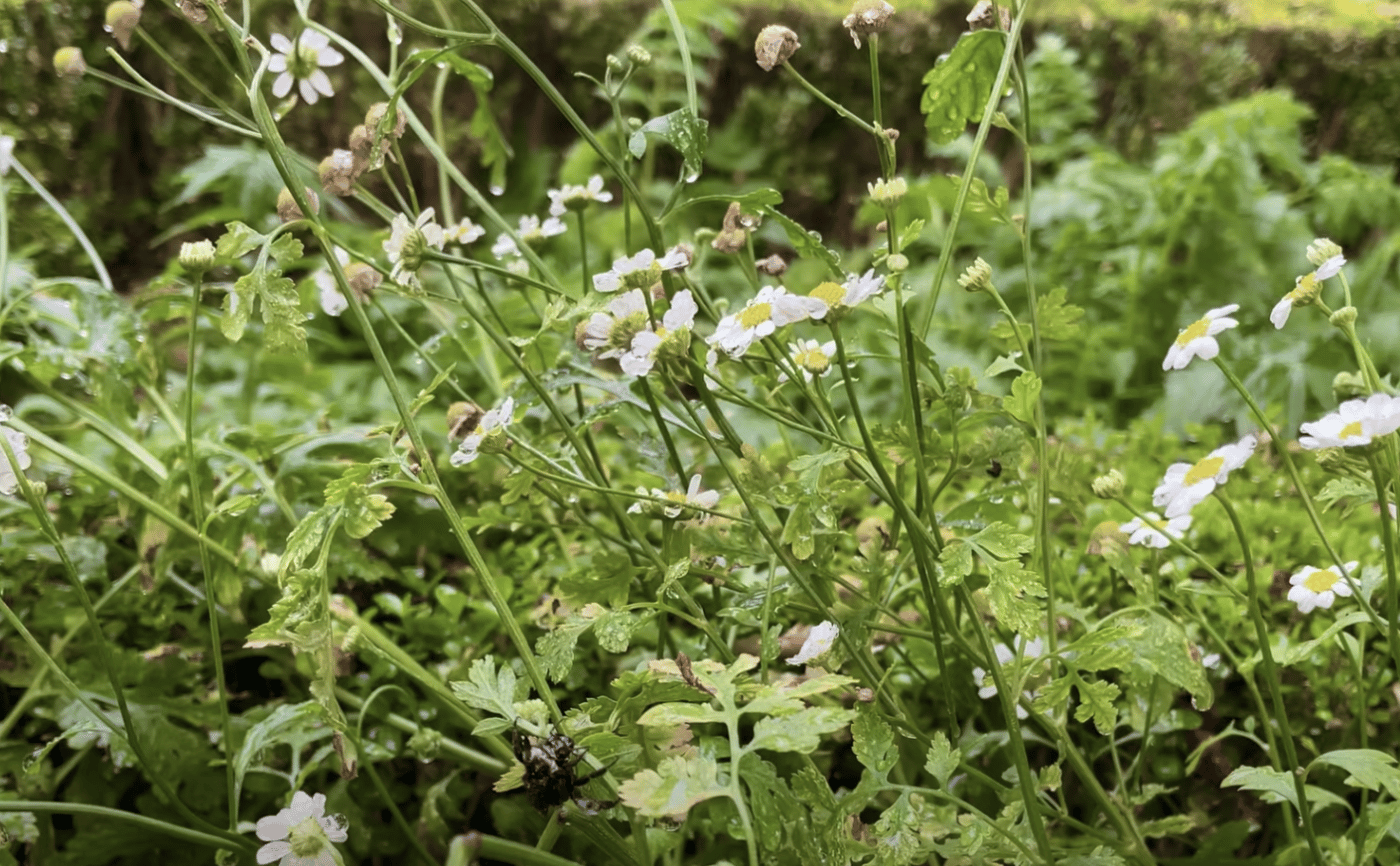
Feverfew:
Native to Eurasia, feverfew has been used since the time of the ancient Greeks, primarily to ease headaches. This plant also attracts pollinators and is a great companion plant! Plant with your favorite garden veggies such as cabbage, onions, and beans to improve their flavor and growth.
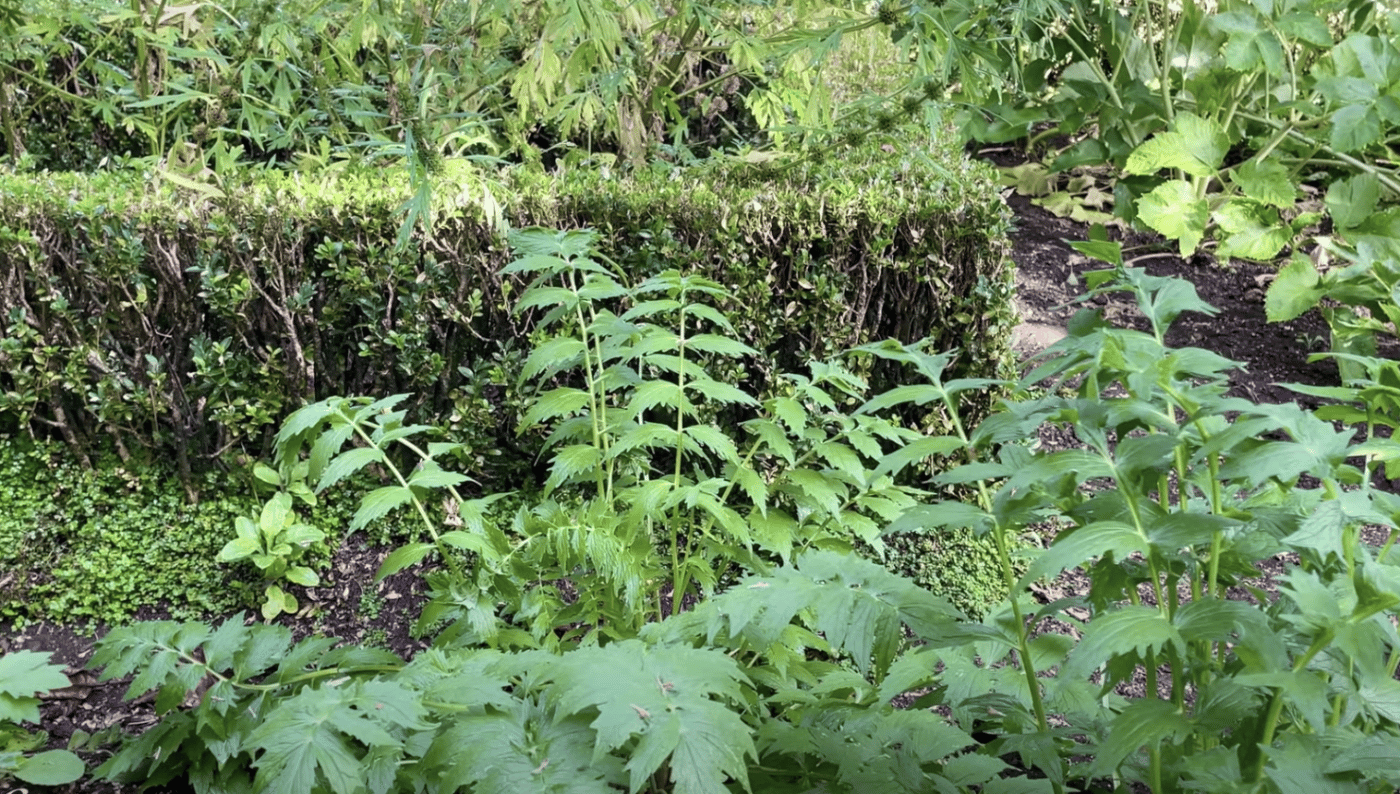
Valerian
This plant was used by the British in World War II to treat those in shock from the air raids. It is commonly used as a tea to help reduce anxiety and promote sleep. It grows via rhizomes and prefers moisture, but can get weedy, so keep it in check!
Missed Filoli’s medicinal display this season? Learn more about the Medicinal Garden in this YouTube video with Louise Webster herself!
Source: Petrovska, Biljana Bauer. “Historical Review of Medicinal Plants’ Usage.” PubMed Central (PMC), Pharmacognosy Reviews, https://www.ncbi.nlm.nih.gov/pmc/articles/PMC3358962/. Accessed 13 Oct 2021.
